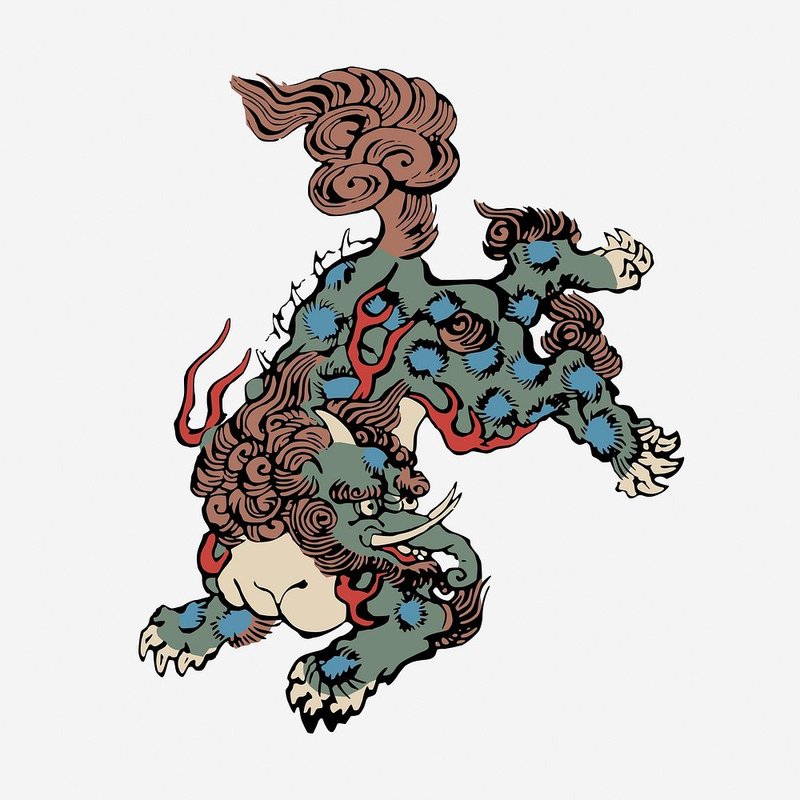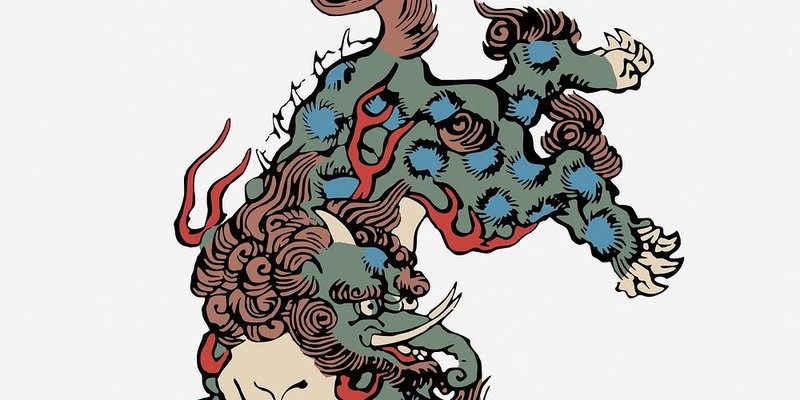
Let me explain: tipping their hat to creatures like the tapir brings us closer to understanding not just wildlife, but also the diverse ways humans relate to nature. From ancient legends to modern interpretations, the Malayan tapir shapes cultural narratives and embodies spiritual meanings in surprising ways. During our chat over coffee, let’s dive deeper into a few cultures where this remarkable animal plays a role.
Malayan Tapir in Southeast Asian Folklore
In Southeast Asia, where the Malayan tapir is native, it often appears in local myths and stories. One popular tale involves the tapir’s remarkable ability to camouflage within the forest. People believe that when hunters venture out, the tapirs can blend so seamlessly into their surroundings that they become invisible. This characteristic has led locals to regard the tapir as a symbol of protection, teaching lessons on patience and observation.
Moreover, there are stories that depict the tapir as a wise creature, often guiding lost souls back to safety. This idea connects to the broader themes of *nature’s guardianship*, where animals symbolize wisdom and intuition. In a way, the tapir becomes not just an animal, but a protector of the forest’s secrets, offering lessons about respecting the environment and listening to nature.
Symbolism of the Malayan Tapir
The Malayan tapir is often seen as a representation of balance. Its two-tone coloration—black and white—can symbolize the duality of life, like the yin and yang in Chinese philosophy. This contrast reflects how opposites can coexist peacefully. Many believe that the tapir teaches us to find balance in our own lives, reminding us that light and dark, joy and sorrow, are all part of the human experience.
Interestingly, in some cultures, the tapir’s slow and deliberate movements are associated with calmness and contemplation. People might say, “Be like the tapir; move through life with intention.” This character rightfully earns its spot in culture as a symbol of inner peace amidst the chaos of modern life.
Folklore Tales Featuring the Tapir
Several folklore tales from the region highlight the Malayan tapir’s role in shaping human morals and ethics. One popular story tells of a tapir who saved a village from a flood. It’s said that the tapir led the villagers to higher ground, demonstrating the importance of community and environmental awareness. This theme resonates widely, reminding us that animals can sometimes teach us essential life lessons.
Another tale involves the tapir being a mediator between humans and the spirit world. It is believed that the tapir can communicate with spirits and bring blessings or warnings to people. Such stories reflect the reverence for nature found in many cultures, where animals are seen as intermediaries connecting the physical and spiritual realms.
The Tapir as a Cultural Icon
In more modern contexts, the Malayan tapir has made its way into art and literature, becoming a beloved cultural icon. Artists and storytellers often use the tapir in their works to express themes of nature conservation and environmental advocacy. For instance, local artists might feature the tapir in paintings, sculptures, or folklore adaptations, emphasizing its unique features and vital role in the ecosystem.
The tapir is also often portrayed in children’s books, helping young readers cultivate a sense of wonder about wildlife. This representation is crucial, as it nurtures a generation that respects and appreciates biodiversity. By celebrating the Malayan tapir in culture, communities foster a deep-rooted awareness about the importance of protecting such incredible creatures.
Conservation Efforts and Cultural Significance
As awareness grows about the Malayan tapir’s endangered status, conservation efforts are increasingly linked to cultural narratives. Many organizations leverage these folklore stories to educate the public on the tapir’s ecological importance and the threats it faces. By framing conservation as a cultural responsibility, communities are more likely to rally around the cause.
You might be wondering how folklore contributes to conservation. It turns out that storytelling can be a powerful tool. By featuring the tapir in educational programs, people connect emotionally to the animal, understanding that protecting it is part of preserving their cultural heritage. This bond between culture and nature can inspire both pride and proactive measures in conservation.
Comparisons to Other Cultural Animal Symbolisms
When we look at other animals in folklore, such as the tiger or elephant, we see different but equally rich narratives. The tiger, known for its strength, represents power and ferocity in many cultures, while the elephant symbolizes wisdom and memory. The tapir stands out because it embodies traits that promote reflection, balance, and harmony.
The contrast between these animals illustrates how varied our connections to wildlife can be. Each creature holds different meanings across cultures, influencing beliefs, rituals, and values. For the Malayan tapir, its gentle nature and unique physicality make it a reminder of the importance of maintaining harmony within ourselves and our environment.
The Malayan tapir, while often overlooked, plays a significant role in the cultural and spiritual landscapes of Southeast Asia. Through folklore, art, and modern conservation narratives, it teaches us about balance, harmony, and the interconnectedness of life. As we explore these stories, we not only appreciate the tapir’s unique traits but also the lessons it imparts about respect for nature and community.
So, next time you come across a story or artwork featuring the Malayan tapir, remember its journey through folklore. It’s not just an animal; it’s a symbol of wisdom and protection that speaks to our shared responsibility for the natural world. Whether in tales of old or in the modern narratives that shape our understanding, the Malayan tapir reminds us of the delicate balance we all strive for in life.

